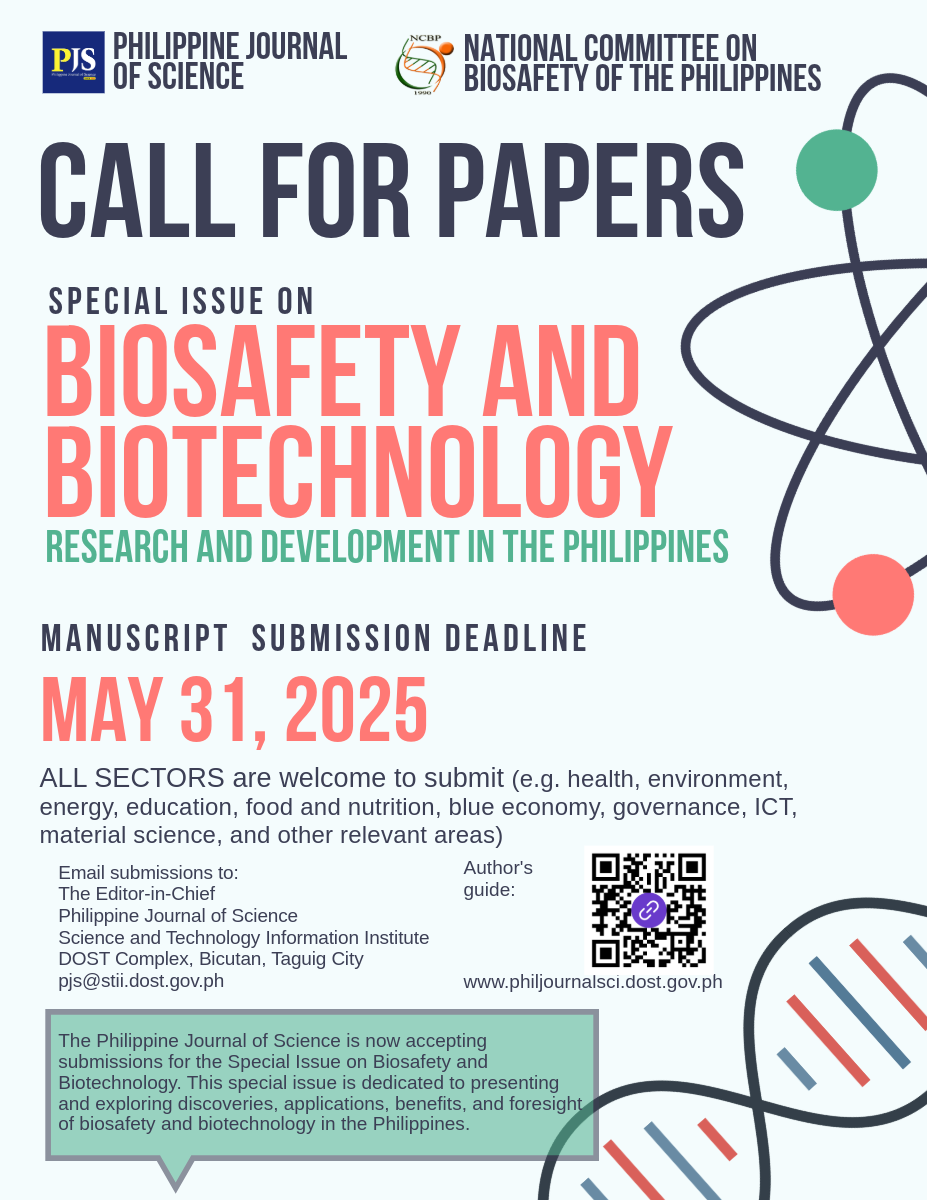Growth and Dietary Efficiency of Mulberry Silkworm (Bombyx mori L.) Under Various Nutritional and Environmental Stress Conditions
V.K. Rahmathulla, V.B. Mathur and R.G. Geetha Devi
Central Sericultural Research and Training Institute, Mysore, India
corresponding author:
ABSTRACT
The fifth instar larvae of bivoltine silkworm race (CSR2 x CSR4) were reared under various nutritional and environmental stress conditions to determine growth and dietary efficiency. The data were compared with a control, which was provided with standard feeding and reared under optimum temperature and humidity. Parameters like larval weight, silk gland weight, cocoon weight, shell weight and nutritional indices parameters like ingesta, digesta, approximate digestibility percentage and reference ratio were significantly higher in the control. Most of these parameters were significantly least in larvae reared under high temperature and low humidity. However, most of the feed conversion efficiency parameters and ingesta and digesta required to produce one gram of cocoon and shell were higher in treated batches. This may be due to physiological adaptation of the larvae under different stress conditions.
INTRODUCTION
The silkworm, Bombyx mori is a poikilothermic insect and it is the main source for production of silk. Environmental factors such as temperature, humidity, light, air, feed quality as well as quantity have intimate influence on its growth and development. The consumption and utilization of food in insects facilitate the understanding of the adaptability of insects to the environment. Food consumption and utilization is influenced by various conditions which influence the crop, the most important are the atmospheric temperature and humidity . . . . . .
REFERENCES
AFTAB AHAMED CA, CHANDRAKALA MV, SHIVAKUMAR C, RAGHURAMAN R. 1998. Food and water utilization patterns under restricted feeding duration in Bombyx mori of pure Mysore race. J. Exp. Zool. 1: 29-34.
BENCHAMIN KV, JOLLY MS. 1986. Studies on ingestion and conversion efficiency in polyvoltine and bivoltine silkworm breeds (Bombyx mori L.). Proc . lll Oriental Entomology Symposium Feb 21-24, Trivandrum, India, p. 195-206.
HIDASHI S, SHIGERU K, NARMI T. 1982. Feed efficiency and expression of several characters of the silkworm, Bombyx mori L. under restricted feeding. J. Seric Sci. Jpn. 51: 415-419.
KENTEN J. 1955. The effect of photoperiod and temperature on reproduction in Acyrthosiphon pisum (Harris) and the forms produced. Bull. Entomol. Res. 46: 599-624.
MAGDUM SB, RAMADEVI OK, SHIVA S, DATTA RK. 1996. Nutritional indices in some bivoltine breeds of silkworm, Bombyx mori L. India J. Seric., 35: 95-98.
MAYNARD LA, LOOSLI JK. 1962. Animal nutrition. 5th Edn., McGraw-Hill. New York, 533p.
MEENAL A, NINAGI O. 1995. Comparative study of ingestion pattern in polyvoltine and bivoltine silkworm races at different feeding levels. Sericologia 35: 747-752.
MUTHUKRISHNAN J, PANDIAN TJ. 1987. Relation between feeding and egg production in some insects, Pro. Indian acad. Of Sci. (Anim. Sci.) 96: 171-179.
MUNIRAJU E, SEKHARAPPA BM, RAGHURAMAN R. 1999. Effect of temperature on leaf silk conversion in silkworm Bombyx mori L. Sericologia 39: 225- 2331.
NATH T, NATH S, SHAMSUDIN M, RAO G. 1990 Effect of food deprivation on dry matter utilization, shell and cocoon weight and fecundity of multivoltine silkworm, Bombyx mori Race Nistari. Indian J. Seric. 29: 174-181.
PAUL DC, SUBBA RAO G, DEB DC. 1992. Impact of dietary moisture on nutritional indices and growth of Bombyx mori and concomitant larval duration. J. Insect. Physiol. 38: 229-235.
RAJAN RK, SINGH GB, HIMANTHARAJ MT, NATARAJU B, SUBBAIAH MB. 2001. Illustrated working process of new bivoltine rearing technology. JICA publication, CSR&TI, Mysore, p. 1-92.
REYNOLDS SE, NOTTINGHAM SF. 1985. Effect of temperature on growth and efficiency of food utilization in fifth instar caterpillar of tobacco hornworm, Manduca sexta. J. Insect Physiol. 31: 129-134.
SINGH GB, NINAGI O. 1995. Comparative studies on food utilization efficiency in some silkworm strains under different feeding levels. Sericologia 354: 667-675.
STEINHAUS EA. 1958. Stress as factor in insect diseases. Proc. Tenth. Int. Congr. Entomol. 4: 725-730.
SUMOIKA H, KURODA S, YOSHITAKE N. 1982. Relationships among food ingestion, food digestion and body weight gain in the silkworm larvae, Bombyx mori L. under restricted feeding by indices. J. Seric. Sci. Jpn. 51: 52-57.
TAKANO K, ARAI N. 1978. Studies on the food value on the basis of feeding and cocoon productivity in the silkworm, Bombyx mori L., Treatment of food intake and cocoon productivity. J. Seric. Sci. Jpn. 47: 134-142.
TAKEUCHI Y, KOSAKA T, UEDA S. 1964. The effect of rearing temperature upon the amount of food ingested and digested. Technical Bull. Sericult. Exp. Stn. 84: 1-12.
TRIVEDI K, NAIR KS. 1999. Feed conversion efficiency of improved multibivoltine hybrids of silkworm, Bombyx mori L. Indian J. Seric. 38: 30-34.
TZENOV P. 1993. Study on the food utilization in generic sex limited breeds for egg and larval traits of the silkworm, Bombyx mori L., at moderate, reduced and excess feeding amounts. Sericologia 33: 247-256.
UEDA S, SUZUKI K. 1967. Studies on the growth of the silkworm Bombyx mori L. 1. Chronological changes of the amount of food ingested and digested, body weight and water content of the body and their mutual relationships. Bull. Seric. Exp. Stn. 22: 65-67.
VENUGOPALA PILLAI S, KRISHHNASWAMY S. 1987. Adaptability of silkworm Bombyx mori (L) to tropical conditions III, Studies on the effect of high temperature during later development stages of silkworm, Ind. J. Seric. 26: 63-71.
WALDBAUER GP. 1964. The consumption, digestion and utilization of solanaceous and non-solanaceous plants by larvae of the tobacco horn-worm, Protoparea extra (Lepidoptera: Sphinigidae). Entomol. Exp. Appl., 7: 252-259.
WALDBAUER GP. 1968. The consumption and utilization of food by insects. Adv. Insect Physiol. 5: 229-288.
XU JL, WU XF. 1992. Research on improvement of efficiency of transforming leaf ingested into silk of the silkworm Bombyx mori. International Congress of Entomology, Beijing, China, Ab. No. 169-003, 623 b.









